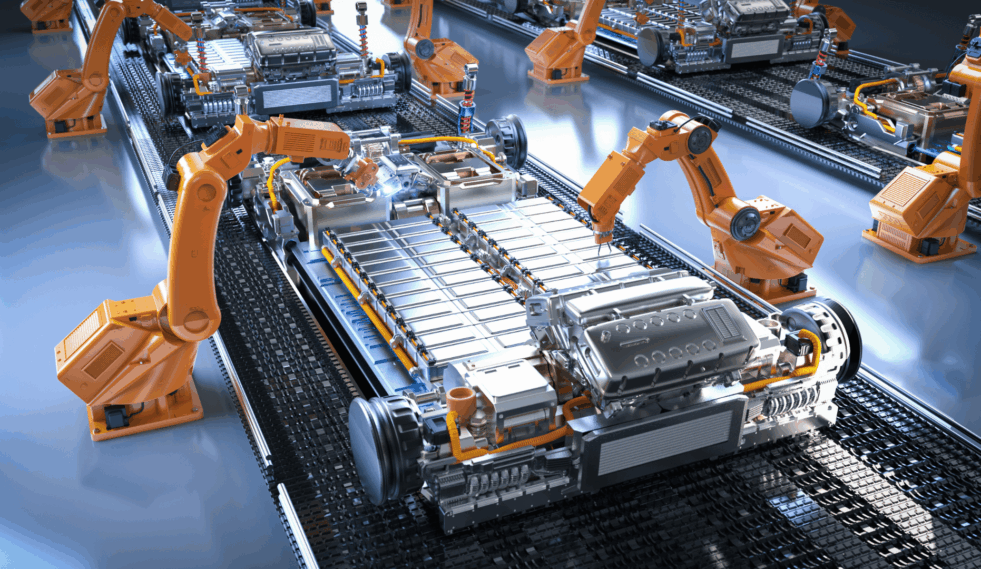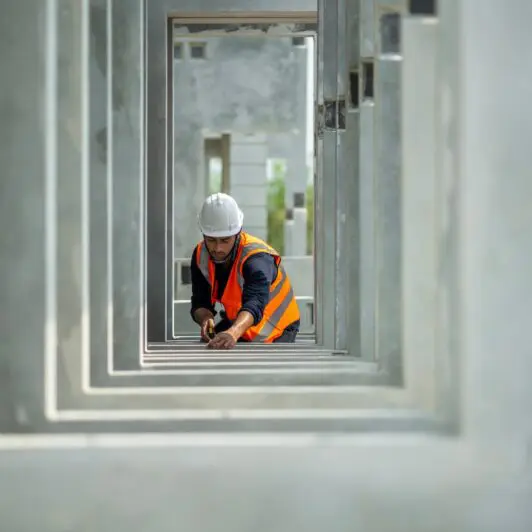
Manufacturing Electric Vehicle (EV) Batteries
As electric vehicles (EVs) continue to reshape the future of transportation, battery manufacturers are under constant pressure to innovate—improving performance, safety, and efficiency while managing cost and scalability. These innovations often involve complex technical problems with no guaranteed solutions, which is exactly the kind of work the Scientific Research and Experimental Development (SR&ED) tax incentive program was designed to support.
Key R&D Challenges in Manufacturing Electric Vehicle (EV) Batteries
To make the most of this opportunity, it’s important to understand where technological uncertainty exists within your R&D efforts. In EV battery manufacturing, several key areas often present technological challenges that could make your work eligible for SR&ED support:
Material Composition
- Technological Uncertainty: Identifying and validating advanced materials that improve energy density, thermal performance, or reduce overall weight often presents unpredictable outcomes.
- SR&ED Activities: Developing a new lithium-based battery chemistry that incorporates alternative metals to boost energy density. The uncertainty lies in how the new material mix will perform electrochemically, and in mitigating unexpected side reactions that may impact battery stability or lifespan.
Manufacturing Processes
- Technological Uncertainty: Scaling up innovative manufacturing methods without compromising efficiency or product quality is a complex endeavor.
- SR&ED Activities: Designing a novel electrode coating process that delivers more uniform material application. The uncertainty involves determining whether this new method can be reliably integrated into current production systems without reducing throughput or compromising product consistency.
Battery Life and Stability
- Technological Uncertainty: Improving battery longevity across diverse environmental and usage conditions requires rigorous experimentation and validation.
- SR&ED Activities: Testing new electrolyte formulations aimed at extending cycle life. The core uncertainty lies in predicting long-term interactions between the electrolyte and other battery components—especially under stress conditions like extreme heat or cold.
Energy Density and Storage Capacity
- Technological Uncertainty: Increasing energy density while maintaining structural integrity and safety is a persistent R&D challenge.
- SR&ED Activities: Replacing traditional graphite anodes with high-capacity silicon anodes. The technological uncertainty arises from managing silicon’s expansion and contraction during charge-discharge cycles, which can lead to cracking and capacity loss.
Safety Enhancements
- Technological Uncertainty: Engineering systems that proactively detect and mitigate battery failure risks involves complex system-level innovation.
- SR&ED Activities: Developing a smart battery management system (BMS) that accurately detects internal short circuits and prevents thermal runaway. The uncertainty is in ensuring the system performs reliably under various fault conditions without false positives or delayed responses.
Recycling and Environmental Impact
- Technological Uncertainty: Creating more efficient and environmentally friendly battery recycling methods is critical—but technically challenging.
- SR&ED Activities: Developing a process to reclaim lithium from spent batteries with higher purity and lower environmental impact. The uncertainty lies in whether the process can achieve both the desired chemical output and economic feasibility at a commercial scale.
Cost Reduction
- Technological Uncertainty: Lowering production costs while maintaining or enhancing battery performance presents significant R&D hurdles.
- SR&ED Activities: Investigating cheaper alternatives to rare earth elements used in battery components. The uncertainty is whether these substitutes can meet the same performance, safety, and durability benchmarks as their more expensive counterparts.
Why Investing in Technological Advancement Matters
In the competitive world of EV battery manufacturing, continuous innovation is essential to staying ahead. Whether you’re enhancing energy density, improving safety, or reducing environmental impact, these technological advancements often involve significant R&D investment—and inherent uncertainty. The good news? Many of these efforts may qualify for SR&ED tax incentives.
By investing in and properly documenting your technological challenges, your business not only drives progress but also opens the door to valuable funding opportunities. These incentives can offset development costs, support future innovation, and strengthen your position in a rapidly evolving market.
Need help navigating the SR&ED landscape?
Our team of experts is here to help you identify eligible projects, document your activities, and maximize your claim with confidence.
Contact us today!
One of our experts will be in touch shortly.





